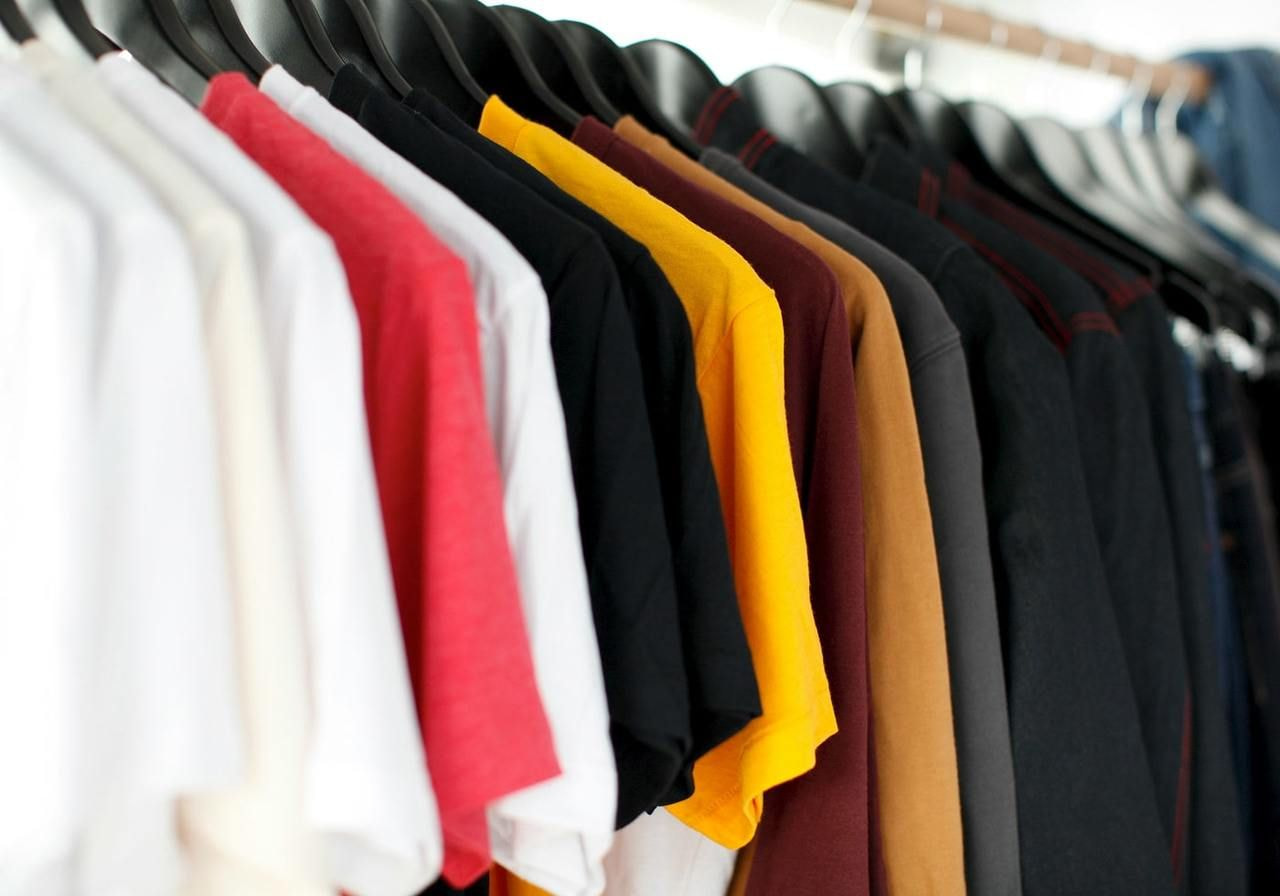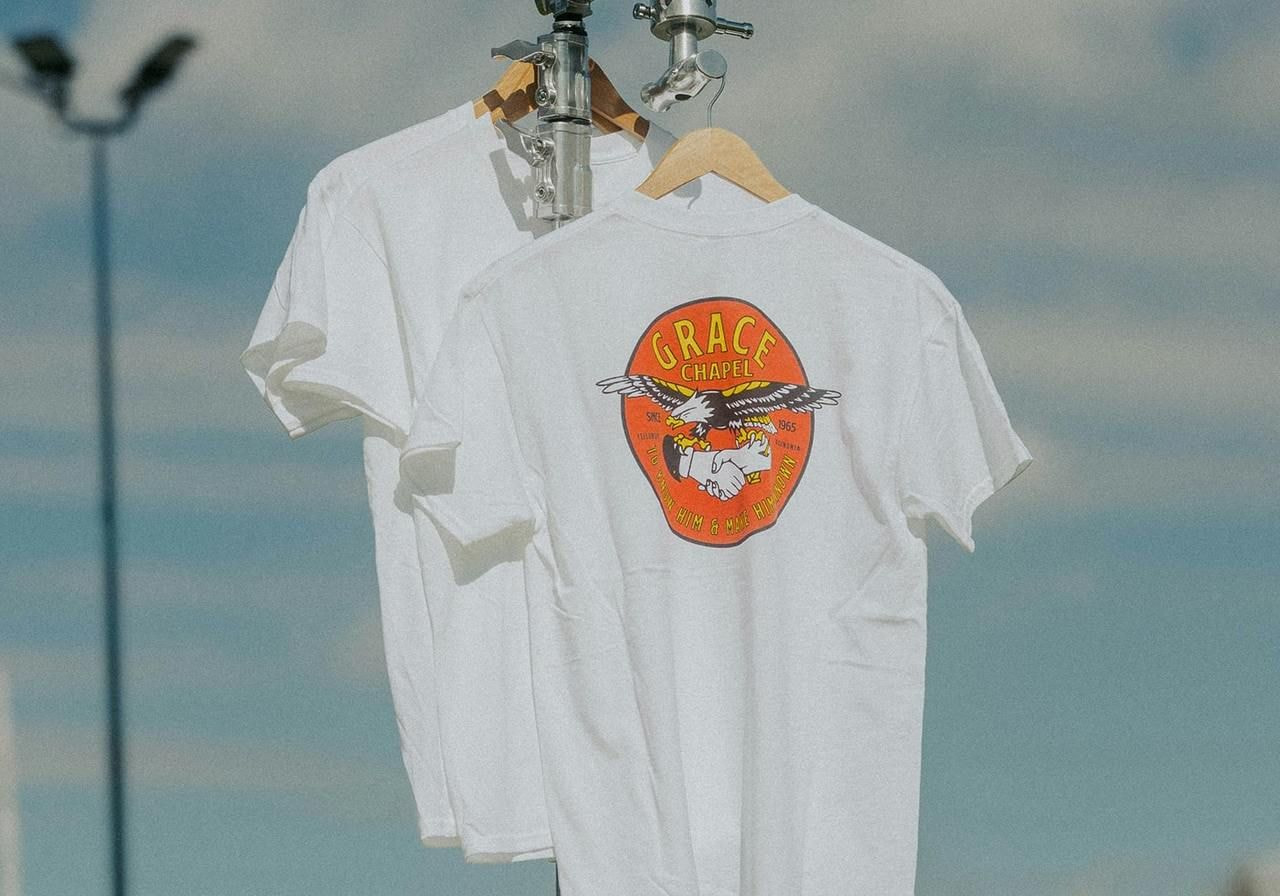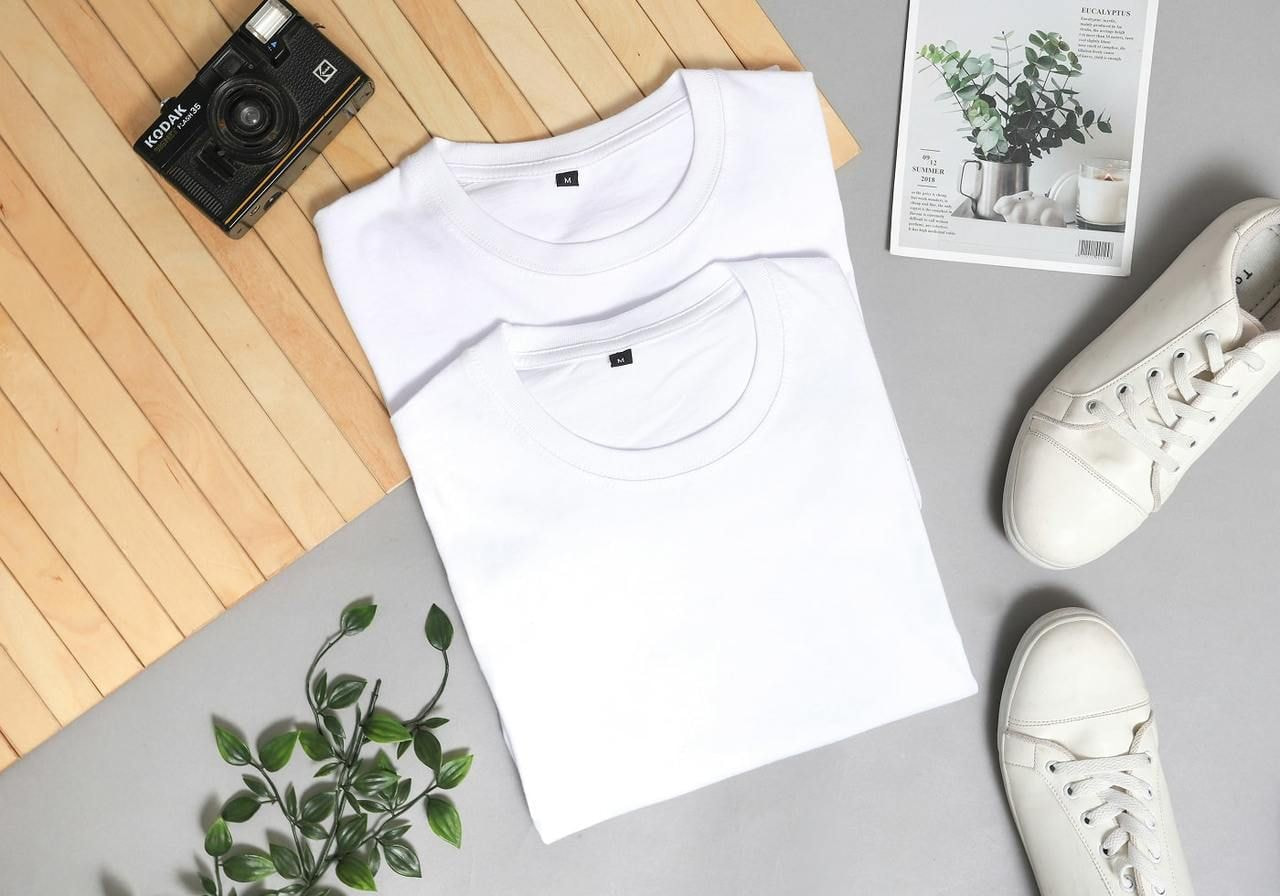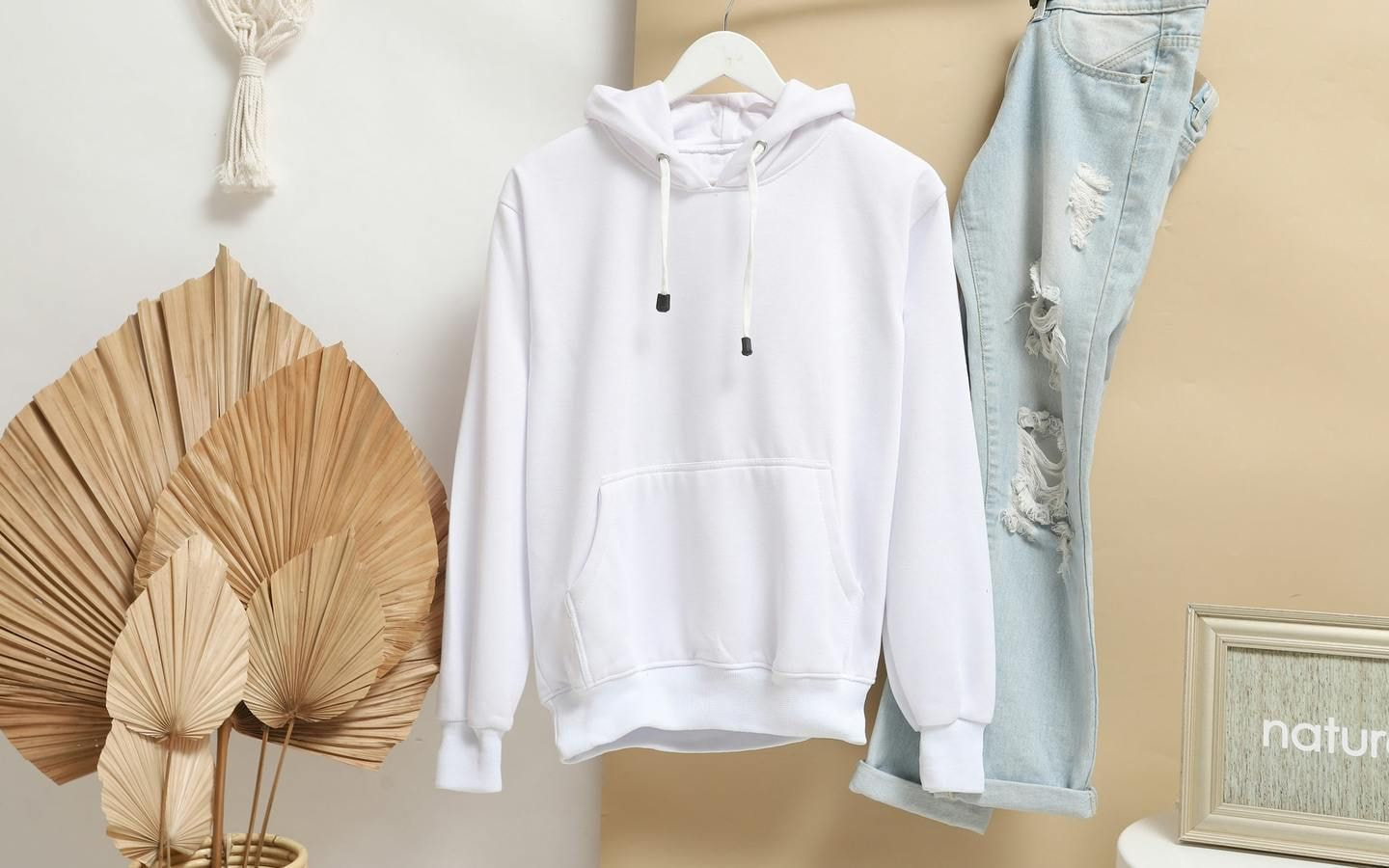Table of contents
The t-shirt printing industry in 2025 offers more options than ever. Whether you’re running a t-shirt business or printing custom t-shirts for fun, understanding today’s printing options is crucial.
From modern digital techniques like direct-to-garment printing to tried-and-true traditional methods like screen printing, the right choice depends on your fabric, order size, and design complexity.
In this guide, we’ll break down the best printing methods for t-shirts in 2025, explain when to use each, and highlight the pros, cons, and use cases so you can make an informed choice.
Popular t-shirt printing methods in 2025

To ensure your custom t-shirts look sharp and can withstand multiple washes, choosing the right printing method for your project is crucial. Each technique has its strengths and trade-offs, so let’s compare the most popular options in 2025.
Direct-to-garment (DTG) printing
DTG printing is a digital printing method that sprays inks directly onto the fabric. It creates photo-quality designs with nearly unlimited colors.
DTG printing requires minimal setup but has a longer print time per shirt, making it suitable for printing one-offs and small batches.
How does DTG work?
Think of DTG as printing on paper, but on fabric. Specialized inkjet heads spray water-based inks directly onto the shirt. To prepare the fabric, it’s coated with a pre-treatment solution so the ink bonds to the fibers. After printing, the shirt is heat-set to make the colors durable and long-lasting.
Fabric compatibility
DTG printing works best with 100% cotton or blends with a high cotton content. Natural fibers absorb the ink well, producing bright and detailed designs. On dark fabrics, a white underbase layer is added first to keep colors accurate.
Results on synthetic fabrics like polyester are poor, since water-based inks don’t absorb properly.
Best for
DTG is ideal for complex, multi-color, or photo-quality designs on cotton t-shirts. It’s also well-suited for small batches, on-demand orders, and product testing without the risk of overstock.
Valuable read: DTG vs Screen Printing
Direct-to-film (DTF) printing
Direct-to-film (DTF) is a digital t-shirt printing method where designs are first printed onto a special PET film and then transferred to the fabric with heat. It delivers detailed, colorful designs on a wide range of materials, including cotton blends and synthetics.
How does DTF printing work
The design is first printed on special transfer paper (PET film) using water-based inks. A fine powder adhesive is applied to the film, then melted to prepare the design for transfer. The printed film is placed on the garment and pressed with a heat press machine, bonding the design to the fabric as the film peels away.
While each design takes a bit more setup than DTG printing, DTF printing’s versatility makes it excellent for large runs – especially if you use Print on Demand (POD).
Fabric compatibility
One of DTF printing’s biggest advantages is its ability to print on t-shirts made from various materials, including cotton, cotton blends, polyester, fleece, and nylon.
Best for
DTF printing is ideal for multi-color, complex designs. The prints are durable and hold up wash after wash without cracking or peeling. This printing technique also works well across stretchier fabric types like polyester or nylon.
Valuable read:
Screen printing
Screen printing offers vivid, durable prints and is one of the oldest t-shirt printing methods. It’s a cost-effective choice for bulk orders, especially when designs use only a few solid colors.
How does screen printing work?
In screen printing, a fine mesh screen is prepared with blocked-out areas, leaving open spaces where the design will appear. Ink is then pressed through the mesh with a squeegee or blade, transferring the design onto the t-shirt. Once the excess ink is removed, the shirt is left to dry.
Fabric compatibility
Screen printing works best on cotton and cotton blends, which absorb the inks well and hold up through repeated washing.
Best for
Screen printing is ideal for designs with up to 5 colors. It's a popular choice for team shirts, corporate branding tees, and event merch because of the low cost when ordering in bulk.
Since each color requires its own stencil and screen, screen printing is not ideal for intricate designs.
Valuable read: What is Screen Printing: Your All-in-One Roadmap
Sublimation
Sublimation printing, also called all-over printing, is a heat transfer printing method where inks are fused into polyester fibers using a heat press. As a result, designs become indistinguishable from the fabric itself.
How does sublimation printing work?
The design is printed onto sublimation transfer paper using special inks, then transferred from the paper to the fabric with a heat press machine. Under high temperatures, the dye turns into a gas and fuses with the fibers.
For all-over prints, the design is applied to rolls of fabric, which are then cut and sewn into finished t-shirts or other garments.
Fabric compatibility
Dye sublimation differs from other printing methods in that it requires 100% polyester, making it great for performance and sportswear tees.
Best for
Sublimation printing is best for all-over print designs. It allows you to produce vibrant colors and patterns across the whole garment, making it a strong choice for t-shirts made from synthetic fabrics.
Valuable read:


Key considerations when choosing a printing method

Now that we've looked at the most popular t-shirt printing methods, let's explore the key factors that set them apart.
The table below compares the print quality, design options, and fabrics side by side, so you can choose the best method for your project.
|
Factor |
DTF printing |
DTG printing |
Screen printing |
Sublimation printing |
|
Durability and feel |
Highly durable, the print sits atop the fabric |
Soft feel, high detail, good durability, but may fade faster than DTF prints |
Highly durable, slightly raised texture |
Very durable, prints are smooth and become part of the fabric |
|
Color and design complexity |
Nearly unlimited colors, suitable for fine detail and bold prints |
Nearly unlimited colors, photo-quality detail, smooth gradients |
Limited to about 5 colors per design, ideal for simpler prints |
Nearly unlimited colors, ideal for all-over designs |
|
Fabric compatibility |
Works on cotton, blends, polyester, fleece, nylon |
Requires 100% cotton or blends with high cotton content |
Works best on cotton or blends with high cotton content |
Requires 100% polyester |
|
Order volume |
Ideal for medium to large runs |
Ideal for one-offs and small print runs |
Ideal for large print runs and bulk orders |
Ideal for one-offs and small print runs |
|
Cost efficiency |
Higher setup, but cost-efficient for bulk and versatile fabrics |
Best for one-offs and small POD orders, less efficient at scale |
Lowest cost for bulk orders, typically requires order minimums |
Cost-effective for one-offs and small POD runs, but pricier than cotton t-shirts |
No single printing technique is perfect. In the end, it comes down to the fabric, design, printing volume, and budget.
Still unsure which to choose? With Print on Demand, you can test multiple printing methods without upfront costs – each t-shirt is made to order.
Valuable read: Best Quality T-Shirts for Printing
How to decide which printing method is best for you

Now that we’ve covered the benefits and trade-offs of each printing method, let's review how to pick the right one for your custom prints.
Identify your t-shirt fabric
Different printing methods work on different fabric types. Natural fabrics like cotton are required for DTG printing, while synthetic materials like polyester are needed for sublimation. If you want to try a wide variety of fabrics, DTF printing is the most flexible option.
Determine your order size
If you’re printing small batches or one-offs, DTG, DTF, or sublimation prints are the most practical. For bulk orders, screen printing is the most cost-effective once the setup is done.
Evaluate design complexity
Detailed graphics, photo-quality images, and multi-color custom prints work best with DTG or DTF printing. Screen printing is better for simpler artwork with fewer colors, while sublimation is best for all-over t-shirt designs with vivid colors and patterns.
Consider your budget
If keeping costs low is the priority, screen printing is the most cost-effective for large runs, while DTG and sublimation are more economical for low-volume batches.
For a low-risk start, print-on-demand services like Printful let you sell shirts without investing in equipment or holding inventory.
Conclusion
The best printing methods for t-shirts in 2025 depend on your fabric, order size, and design goals – there’s no single winner. Traditional screen printing remains cost-effective for bulk orders, while digital t-shirt printing techniques like DTG, DTF, and sublimation printing offer flexibility for smaller runs.
You don’t have to commit to one t-shirt printing method. Printful lets you test multiple printing techniques and connects seamlessly to your online store. Grow your custom apparel brand with confidence, without worrying about upfront costs or holding inventory.
Read next:


FAQs
There’s no single highest-quality t-shirt printing method – the right choice depends on the fabric and design.
-
DTG printing gives photo-quality detail on cotton and is ideal for printing in small quantities.
-
DTF printing works across many fabrics, producing fine detail and vibrant prints.
-
Screen printing delivers high-quality results for designs with few colors and is cost-effective for printing in bulk.
-
Sublimation produces smooth, highly durable designs on polyester and is ideal for all-over designs.
No t-shirt printing method is inherently better – the right choice depends on your design, fabric, and order size.
Direct-to-film (DTF) printing produces durable, colorful prints on various fabrics, including cotton, polyester, and blends. The print forms a thin layer on top of the garment, making it resistant to cracking and peeling, especially on activewear or outerwear.
Screen printing works best for simpler designs that typically use up to five colors. Each color requires its own screen, so it takes longer to set up. However, this makes screen printing cost-effective for larger orders, lowering the per-unit costs.
Yes, t-shirt printing is highly profitable in 2025, especially with Print on Demand. POD allows you to keep startup costs low, since you don’t need equipment or inventory. Instead, your POD partner will print and ship shirts as orders come in.
Bulk printing can also be profitable, but it requires a higher upfront investment. Save up to 55% when you order in bulk with Printful.
The best file format for printing t-shirts depends on the method. For digital techniques like DTG, DTF, and sublimation, use a high-resolution PNG with a transparent background, exported in the RGB color profile to preserve accurate colors.
For screen printing, vector files like AI, EPS, or SVG are preferred because they ensure sharp edges and allow for proper color separation. Always check your print provider’s file requirements before uploading.

By Ronja Burve
Ronja loves helping readers cut through noise and get what they need. Curiosity led her from performing arts into digital marketing, where she’s developed the skill of sharp, no-nonsense copywriting. Off the page, she enjoys a mean espresso and usually juggles too many side projects.





